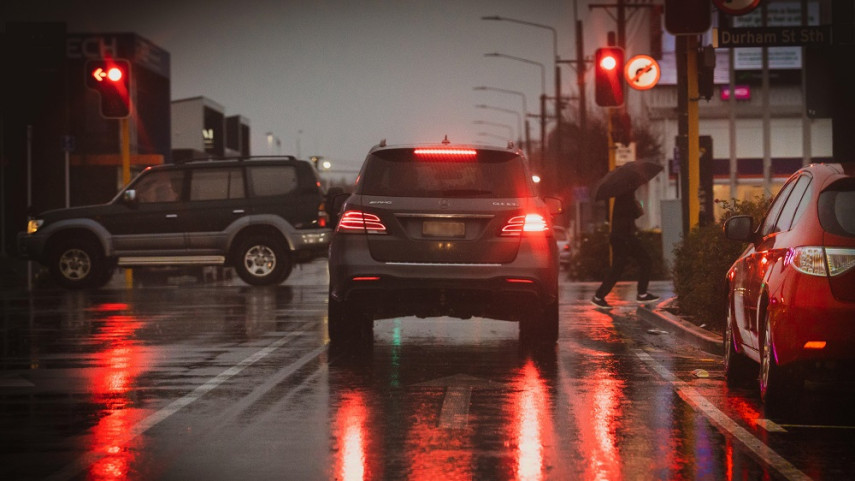What you can do before and during a wet weather or flooding event.

Make a plan(external link) for where you will go and what you will need to take if you have to evacuate, including what you will do with pets and livestock.
- Clear your rain guttering and drains.
- Check the grates and gutters outside your property are clear of leaves.
- Use sandbags as required to protect your property from water. Council does not supply sandbags, you can purchase them from a number of retailers, including hardware stores.
- Move valuable and dangerous items, including electrical equipment and chemicals, as high above the floor as possible. Use watertight containers to store essential items. Lift curtains, rugs and bedding off the floor.
- Keep in contact with family, friends and neighbours.
- Move pets to a safe place and move stock to higher ground. Keep your pets nearby and if you must leave, take your pets with you — if it’s not safe for you, it’s not safe for them.
- Avoid travel on city roads unless it is urgent.
- If in doubt don’t drive through flooded areas. You don’t know what is under the water, there could be significant potholes or damage you can't see.
- If you must drive, drive slowly, and with care and attention to avoid pushing ponded water onto people’s property.
- Avoid parking in low-lying areas, especially near rivers.
- The situation can change very quickly during a flood event. Listen out for announcements or warnings on your radio or monitor your local Civil Defence online channels. Keep up-to-date with the Newsline(external link)(external link) rolling blog.
- To learn about the radio stations, websites and social media channels used by CDEM in your local area, head to your district(external link)(external link) page.
- If you see water rising quickly, do not wait for official warnings, head for higher ground immediately if it is safe to do so.
- Do not try to walk, swim or drive through floodwaters – the water does not have to be very deep or moving very fast before it can carry you or your car away.
- Always assume that floodwater is potentially contaminated with animal or human sewage. Ensure hands, clothes and property are thoroughly cleaned after contact with floodwaters.
- Do not delay and follow the instructions of Civil Defence and emergency services. Use safe evacuation routes if provided.
- If you are told to evacuate, follow the evacuation advice.
- If you have time and it will not delay your leaving, take a grab bag with essential items that you might need. This includes your phone and charger so that you can scan QR codes, your vaccination passport should you have one, a mask or face covering, and any medication and personal support items you need.
- If you are able to, evacuate to friends or family in the first instance.
